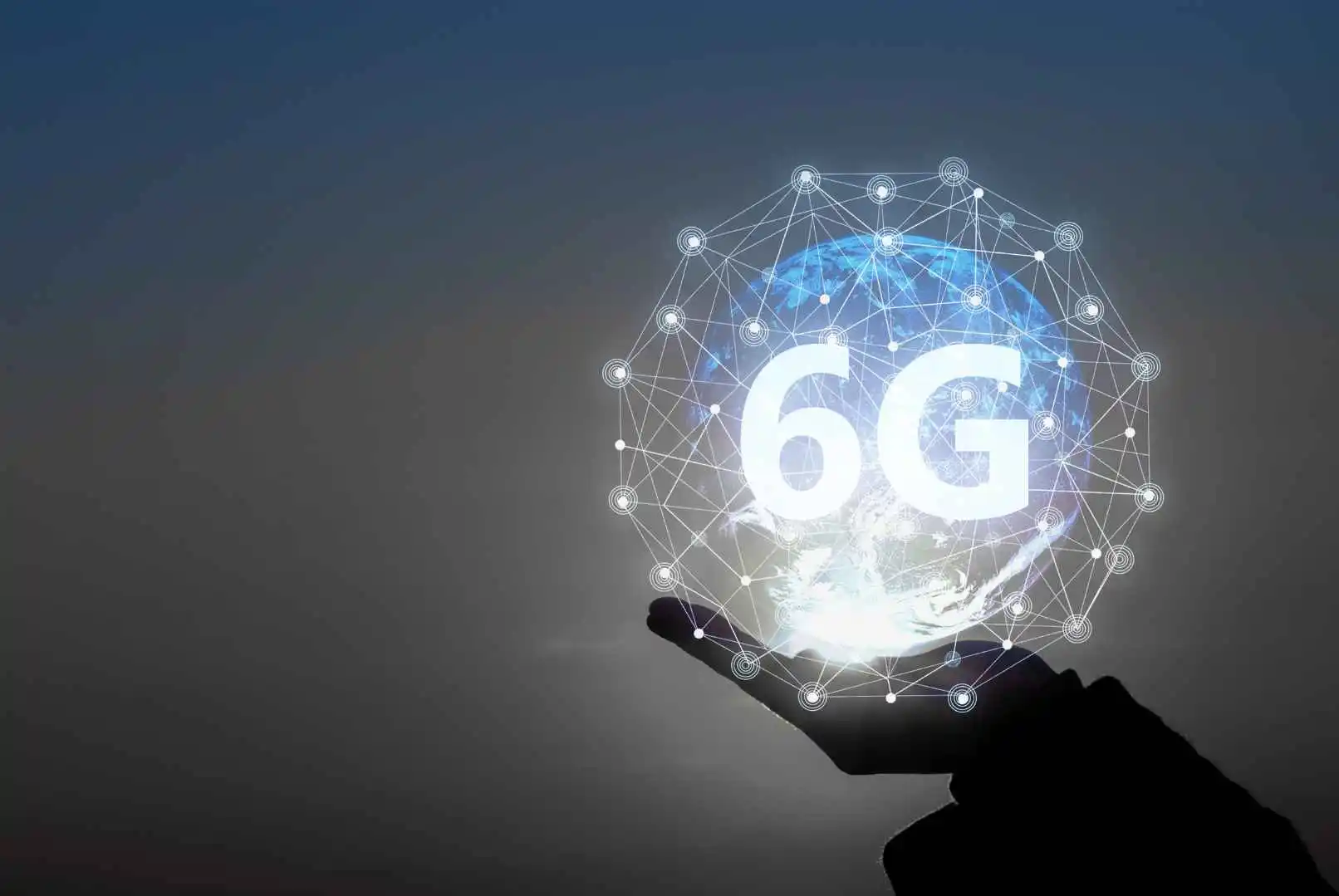
The world of technology never stops evolving, and just when we thought 5G was the pinnacle of wireless connectivity, the buzz around 6G technology has already begun. Experts predict that 6G will revolutionize the internet experience, offering unprecedented speeds, ultra-low latency, and futuristic applications beyond our imagination. But what exactly is 6G? How fast will it be? And when can we expect to see it in action? Let’s dive in!
What is 6G?
6G (Sixth Generation) is the next evolution of wireless communication technology, expected to succeed 5G by the 2030s. While 5G is still rolling out worldwide, researchers and tech giants like Samsung, Huawei, Nokia, and Qualcomm are already working on defining the 6G standard. This next-gen network aims to provide 100 times faster speeds than 5G, unlocking new possibilities in holographic communication, AI-driven automation, and ultra-realistic virtual experiences.
How Fast Will 6G Be?
If 5G amazed the world with speeds up to 10 Gbps, then 6G could reach an astonishing 1 Tbps (terabit per second). To put this into perspective:
- Download a 100GB movie in less than a second.
- Enjoy lag-free 16K streaming.
- Enable instant cloud gaming with zero delays.
- Power smart cities with real-time AI-driven automation.
Key Features of 6G Technology
1. Terahertz (THz) Spectrum
6G will operate on the Terahertz frequency bands (0.1–10 THz), enabling ultra-fast data transmission while reducing congestion in lower frequency spectrums.
2. Ultra-Low Latency (Sub-Millisecond Response)
With latency below 0.1 milliseconds, real-time applications like holographic calls, AI-driven automation, and remote surgeries will become a reality.
3. AI-Integrated Networks
6G networks will be self-optimizing and powered by artificial intelligence (AI), leading to smarter, more efficient network management and cybersecurity enhancements.
4. Extended Connectivity
6G will expand connectivity beyond smartphones, covering IoT (Internet of Things) devices, smart cities, space communications, and even human brain-machine interfaces.
5. Green and Sustainable Technology
With concerns over energy consumption, 6G is expected to utilize energy-efficient network designs, reducing environmental impact while improving performance.
When Will 6G Be Available?
Although 6G is still in early research stages, experts predict:
- 2025-2028: Initial research and development.
- 2028-2030: Standardization and early testing.
- 2030+: Commercial rollout and mass adoption.
Potential Applications of 6G
- Holographic Communication – Imagine attending a business meeting as a 3D hologram in real time.
- Advanced AI Automation – Smart factories and AI-driven logistics with zero human intervention.
- Brain-Computer Interfaces – Direct neural communication with devices.
- Smart Cities & IoT Expansion – 6G will enable fully automated traffic systems, healthcare solutions, and robotic assistants.
- Next-Level Entertainment – 16K streaming, ultra-realistic VR, and immersive gaming.
Challenges of 6G Development
While the potential of 6G is immense, several challenges must be addressed:
- High Infrastructure Costs – The deployment of new frequency bands will require massive investments.
- Device Compatibility – Current smartphones and IoT devices are not built for THz bands.
- Energy Efficiency – High-speed networks require power-efficient solutions to reduce environmental impact.
- Security & Privacy Risks – With more connected devices, cybersecurity threats will rise.
Final Thoughts: Is 6G the Future?
The possibilities with 6G are limitless. It will not only transform the internet but also reshape industries, redefine connectivity, and create futuristic experiences. However, widespread adoption is still years away, and many technological hurdles must be overcome. But one thing is certain—the future of the internet is incredibly fast and more exciting than ever!






